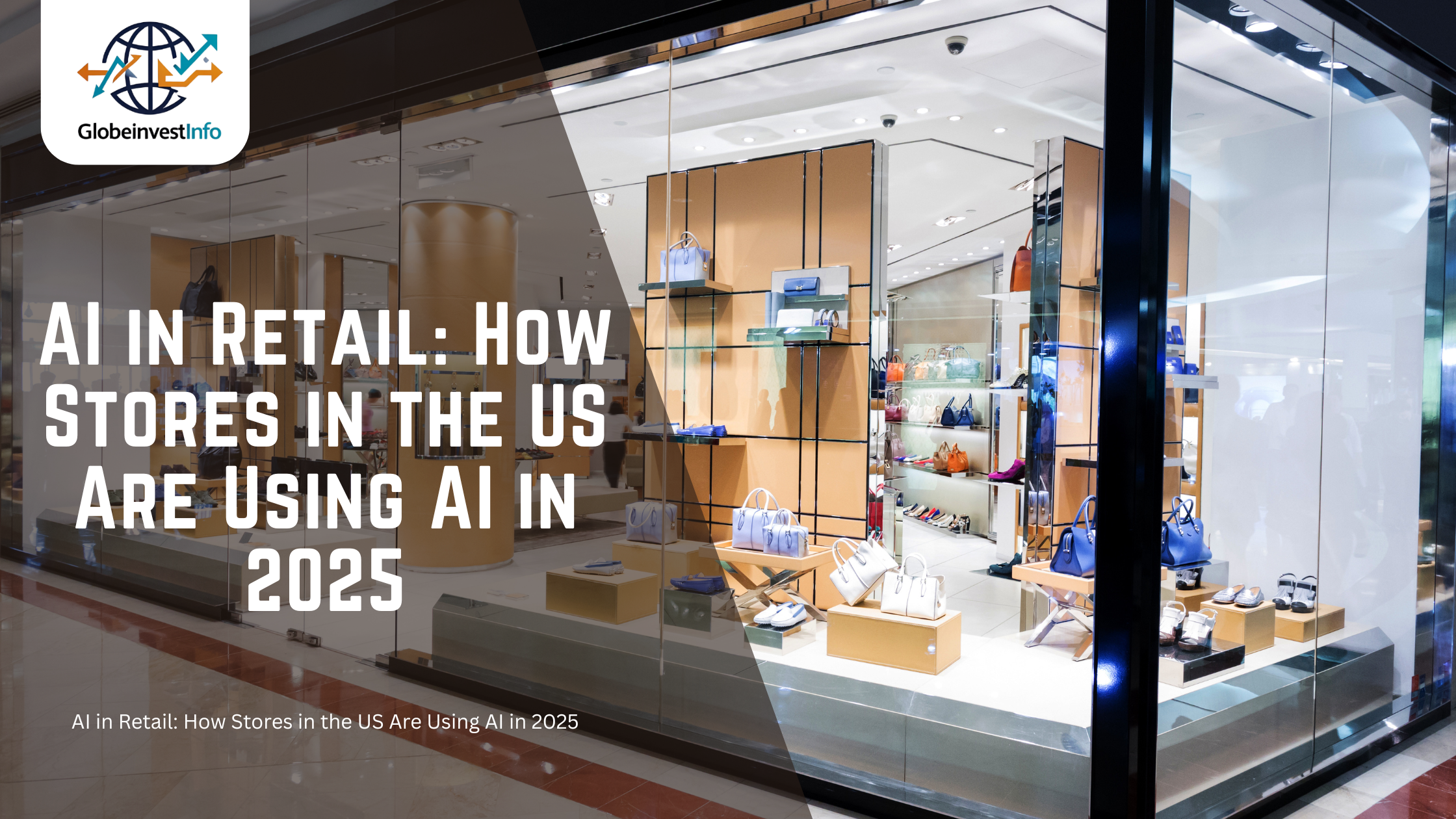Retail in the US is evolving fast. Shoppers today expect personalized experiences, quick service, and convenient options whether they’re buying online or visiting a store. For retailers, this means adopting new technologies that meet customer demands.
In 2025, artificial intelligence (AI) is becoming a key driver of change in the retail industry. From personalized product recommendations to fraud prevention, AI is helping stores improve efficiency and customer satisfaction. Here’s how retailers in the US are using AI this year.
1. Personalized Shopping Experiences
Personalization has become essential in retail. AI platforms like Salesforce Einstein and Bloomreach analyze customer data to recommend products and create tailored experiences.
Why it helps retailers:
- Suggests items based on browsing history.
- Improves customer loyalty.
- Increases average order value.
For US shoppers, this makes online and in-store experiences feel more relevant and engaging.
2. AI Chatbots for Customer Service
Answering customer questions quickly can make or break a sale. AI chatbots like Tidio and Intercom are widely used in retail to provide 24/7 support.
Benefits:
- Reduces wait times for shoppers.
- Handles FAQs instantly.
- Saves staffing costs for stores.
For busy US retailers, chatbots improve service without requiring large call centers.
3. Smarter Inventory Management
Managing stock is one of the biggest challenges for retailers. Tools like TradeGecko (QuickBooks Commerce) and Oracle Retail use AI to forecast demand and optimize inventory.
Why it matters:
- Prevents overstocking or stockouts.
- Reduces waste and storage costs.
- Ensures popular items are always available.
For US stores, this leads to fewer missed sales and happier customers.
4. Visual Search in E-Commerce
AI-powered visual search tools like Syte and ViSenze let shoppers upload images to find similar products.
How it helps customers:
- Makes product discovery easier.
- Speeds up the buying process.
- Appeals to younger shoppers used to visual-first platforms like Instagram.
Retailers in the US use visual search to boost e-commerce sales and improve product discovery.
5. Dynamic Pricing in Retail
Pricing is critical for competitiveness. AI tools like Prisync and Competera automatically adjust prices based on demand, competition, and customer behavior.
Advantages for stores:
- Maximizes profit margins.
- Keeps prices competitive in real time.
- Reduces manual monitoring.
For US retailers, this means staying competitive without constant manual work.
6. AI for Fraud Detection at Checkout
Fraud is a growing problem in retail, both online and offline. AI platforms like Signifyd and Riskified detect suspicious transactions instantly.
Why it helps retailers:
- Prevents chargebacks and fraud losses.
- Builds trust with customers.
- Works in real time during checkout.
This protects both businesses and shoppers, making transactions safer.
7. AI in Physical Stores
AI isn’t limited to online shopping. Stores like Amazon Go are using AI-powered checkout systems that let customers shop without waiting in line.
Benefits:
- Creates a smoother in-store experience.
- Reduces staffing costs.
- Provides valuable data on shopping habits.
For US retailers, AI in physical stores is creating a new kind of shopping experience.
Want to see how AI is helping businesses across different industries? Read our post on AI for Business.
FAQs
Q1: Is AI replacing retail workers in the US?
Not entirely. AI handles repetitive tasks like checkout and support, but human workers are still needed for customer interaction and service.
Q2: Are AI tools expensive for small retailers?
Many platforms like Tidio, Prisync, and Syte offer affordable or free plans, making them accessible to small businesses.
Q3: How does AI improve the shopping experience?
AI recommends products, speeds up customer support, prevents fraud, and creates more personalized experiences.
Q4: Do US customers trust AI in retail?
Yes, as long as AI improves convenience and security. Transparency about data usage is important for building trust.
Q5: What’s the most common AI use in US retail?
Chatbots, product recommendations, and inventory management are the most widely adopted applications.
Conclusion
AI is no longer just a trend—it’s an essential part of retail in the US in 2025. From personalized recommendations and dynamic pricing to fraud detection and cashier-less checkout, AI is helping stores serve customers better and stay competitive.
For US retailers, adopting AI means more efficiency, reduced costs, and happier shoppers. The future of retail is smarter, faster, and more customer-focused—and AI is leading the way.

